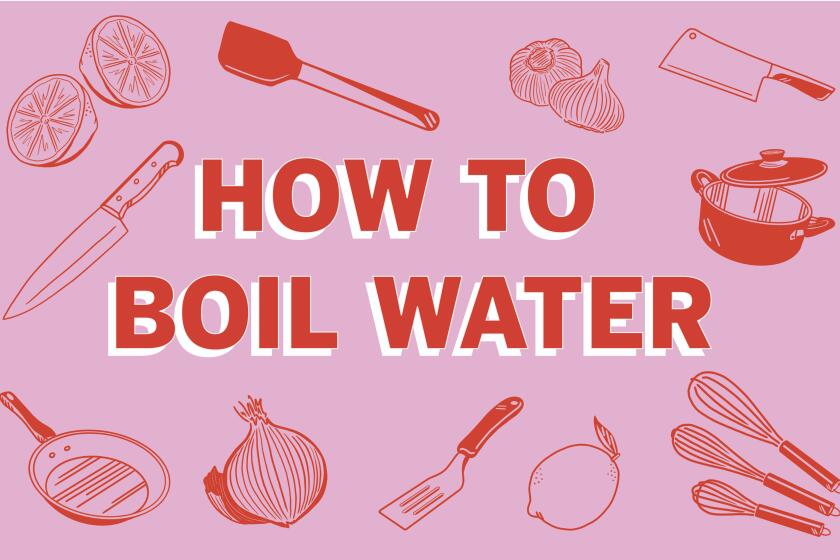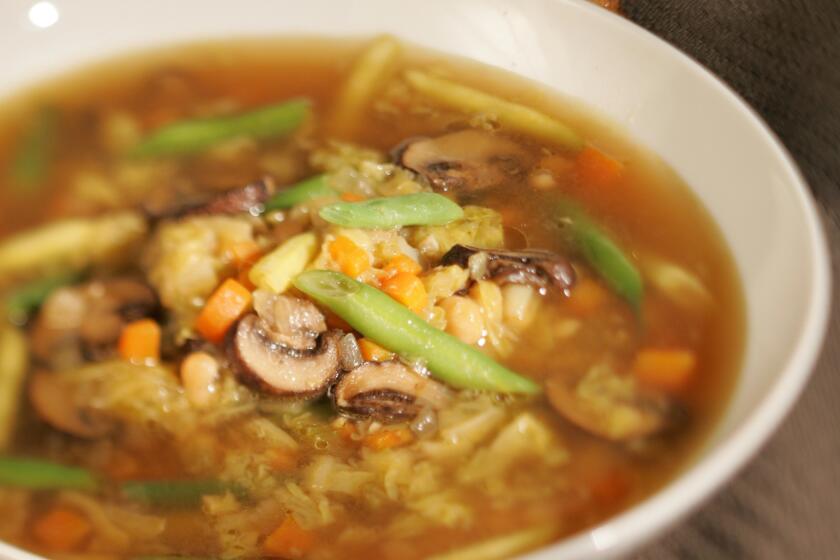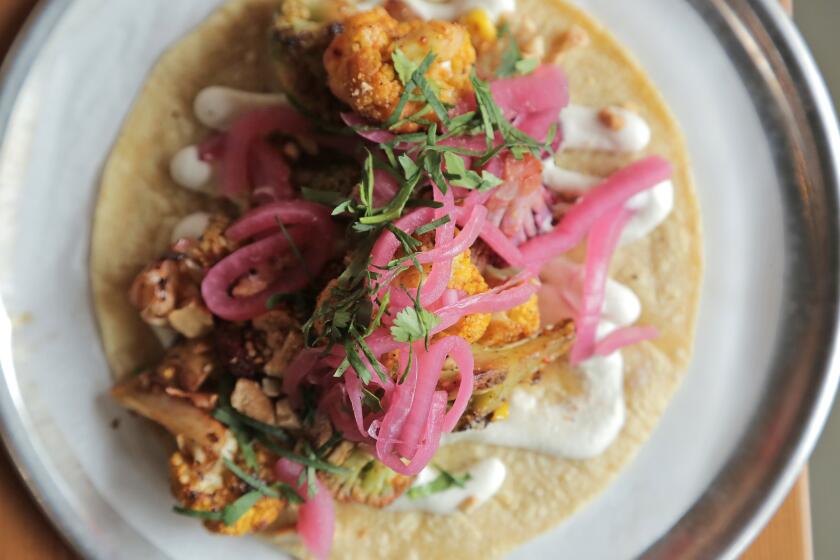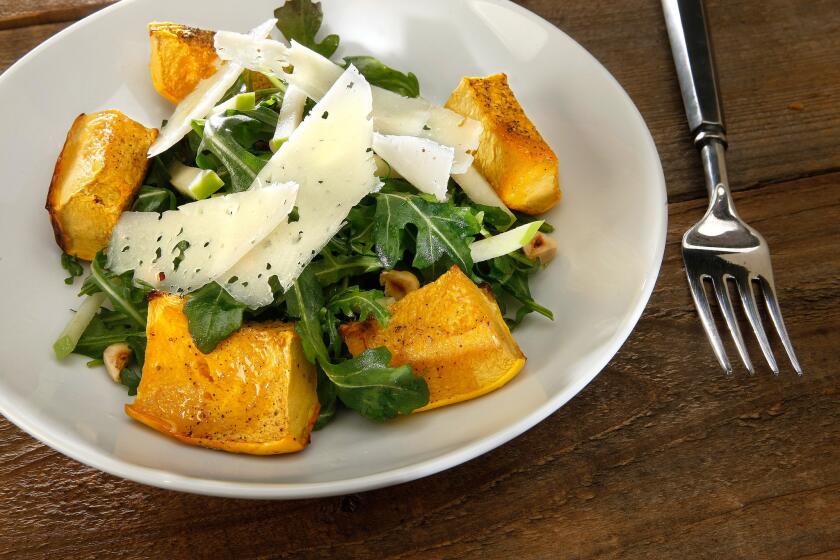How to Boil Water: The essential guide to roasted vegetables
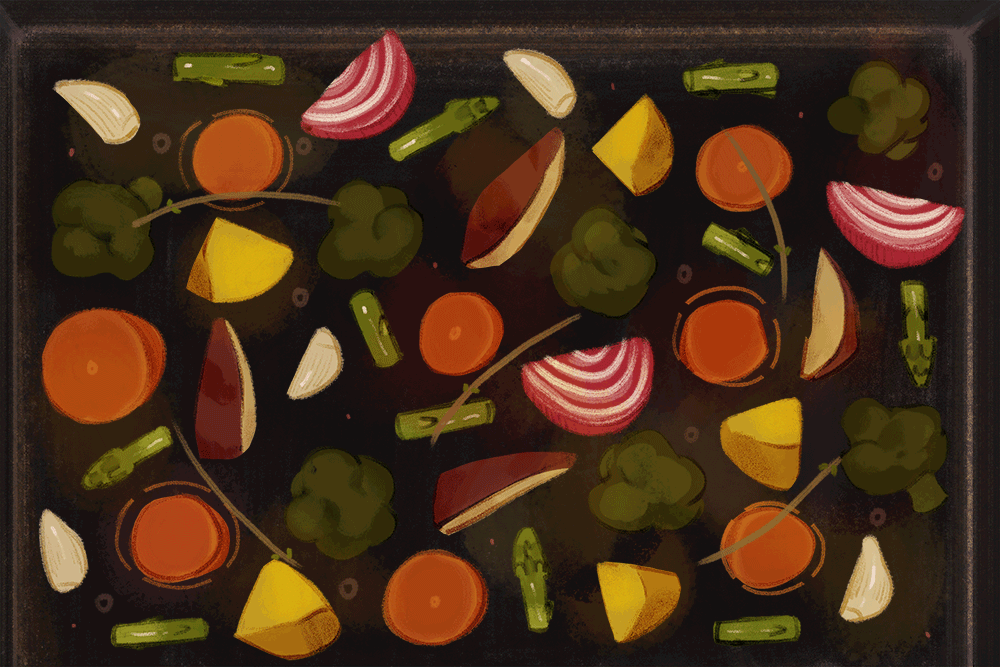
- Share via
With so many of you having to stay home and cook for the first time — ever or more than you have in a long time — we get that it can be overwhelming to have to cook all your meals from scratch. So, we’re here to get you started.
Each day we’re going to post a new skill here and go in detail about how to do it — a resource for cooking basics so you can get food on the table and get through this.
A series of simple tutorials for making some basic recipes at home.
Lesson 6: Roasted Vegetables
If there’s a vegetable you think you don’t like, just roast it. This was a trick I learned when my kids were little. If they pushed away steamed broccoli and cauliflower, I’d roast them instead and they’d devour the whole pan. (They still do.)
Roasting is essentially baking at a high temperature. The intense dry heat of the oven evaporates the moisture in produce and caramelizes natural sugars, teasing out the sweetness of root vegetables like carrots and mellowing the bitterness of cruciferous ones like Brussels sprouts.
The process is simple: toss whole or cut-up vegetables with oil to coat them evenly (the oil is conducting the heat; unoiled vegetables cook differently); season with salt and pepper, toss again and spread them out with a little space to spare on a foil-lined half-sheet pan or other rimmed baking sheet.
Adjust the temperature and roasting time to account for the size and density of the vegetables:
- For big, sturdy vegetables like whole parsnips, halved sweet potatoes or cauliflower steaks, I start at 400 degrees because they need more time to cook through and I don’t want the outsides to burn.
- For medium-sized pieces — stems of broccoli, butternut squash chunks or quartered beets — start at 425 degrees.
- For small and tender vegetables, such as green beans, asparagus or sliced carrots, start at 450 degrees so that they’ll char quickly.
- To roast a mix of vegetables together, cut them so that they’ll cook at the same rate. If they have similar densities, such as sunchokes and celery root, cut them the same size. If mixing softer and harder produce, such as onions and butternut squash, cut the softer one (onion in this case), larger.
The vegetables are done when they’re nicely browned and a paring knife slides through them easily. The time will range from 10 minutes (for quick-cooking items like thin asparagus or sliced fennel) to an hour (for dense, big vegetables such as whole beets and halved celery root).
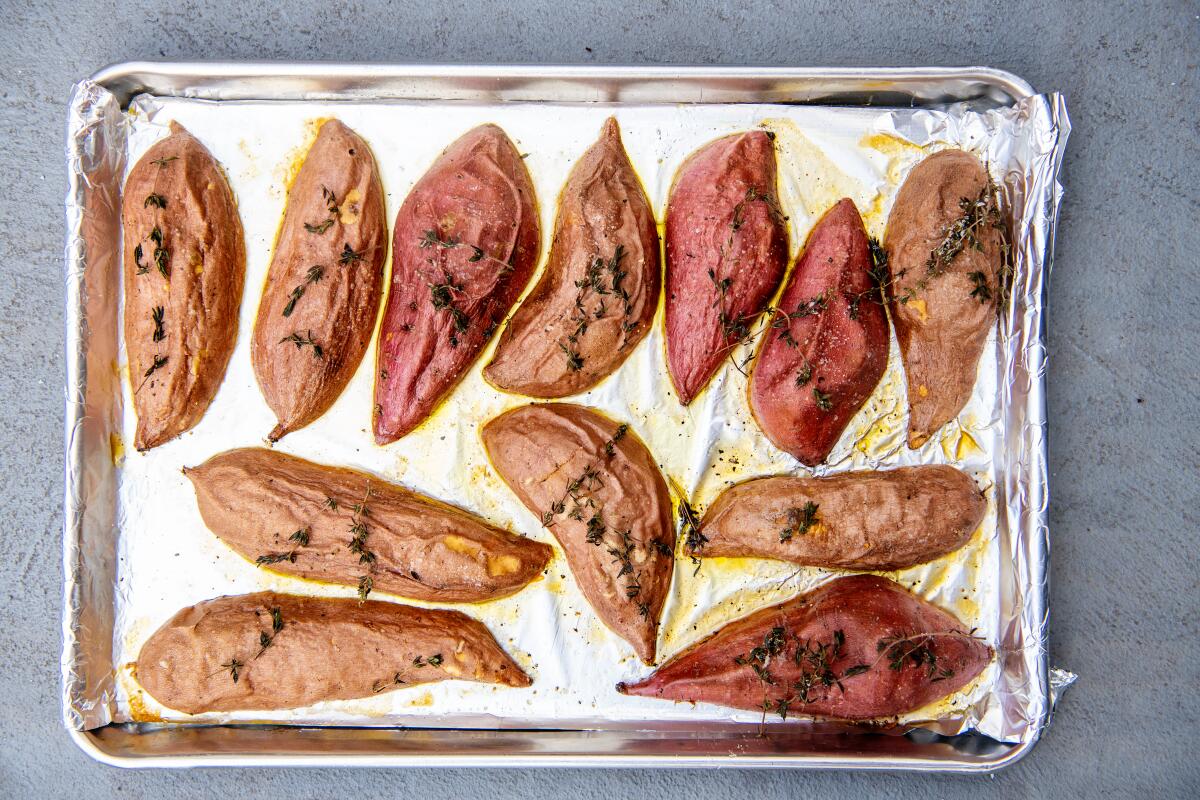
For more even browning, you can toss or flip the vegetables once or twice while roasting. I often skip this step if I’m too busy or if I want a really crunchy crust on just one side.
I also frequently skip seasoning the vegetables beyond oil, salt and pepper, though feel free to toss in smashed garlic cloves, halved chiles, citrus wedges or hearty herb sprigs (think thyme and rosemary) before roasting. Or season immediately after roasting by drizzling with fresh lemon juice, vinegar, soy sauce or a vinaigrette. Soft herbs or spice mixes are best added just before serving.
The best part about roasted vegetables may be that you can make big batches at one time. Simply split the vegetables among multiple pans and switch their positions on the oven racks throughout roasting. Leftovers taste great cold or reheated to eat alone as a snack or to make any soup, salad, sandwich, taco, grain bowl or other meal even better.
Cheesy Smashed Potato Sandwiches
Roasted vegetable soup
Roasted rainbow cauliflower tacos
Roasted acorn squash and apple salad
More to Read
Eat your way across L.A.
Get our weekly Tasting Notes newsletter for reviews, news and more.
You may occasionally receive promotional content from the Los Angeles Times.
